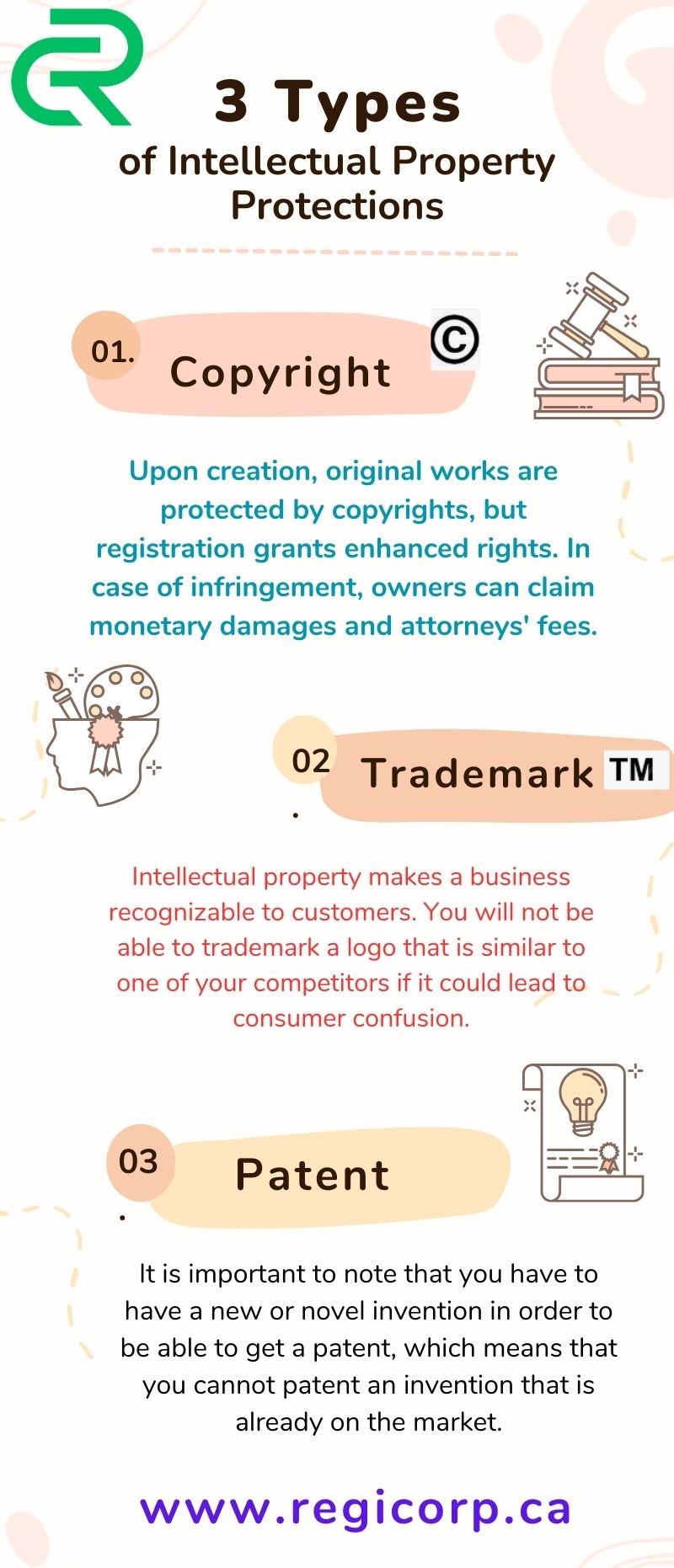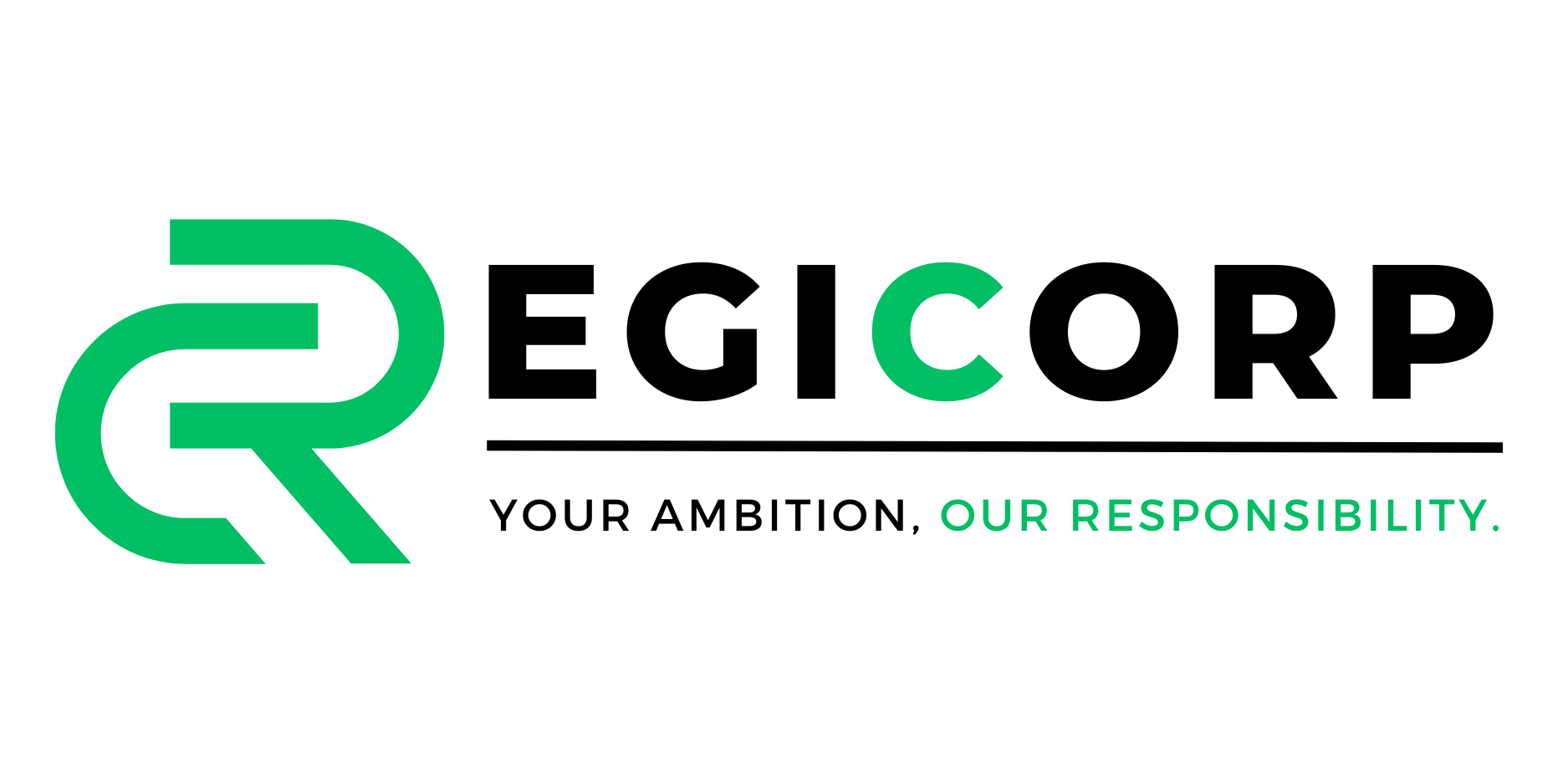Copyright Registration:
Copyright in today’s digital age, protecting your intellectual property is more crucial than ever. For creators, artists, and businesses in Canada, understanding how to register Canadian copyright is essential in safeguarding their work. This comprehensive guide will walk you through the steps and nuances of the Canadian copyright registration process, ensuring your creations receive the legal protection they deserve.
Understanding Canadian Copyright Law
Before diving into the registration process, it’s important to grasp the basics of Canadian copyright law. Copyright in Canada is governed by the Copyright Act, which provides creators with exclusive rights to their works. This includes the right to reproduce, distribute, perform, and display their creations publicly.
Eligibility for Copyright Registration
Canadian copyright registration is open to all, regardless of nationality. However, the work must be original and expressed in a tangible form, like a manuscript, painting, or digital file. Importantly, ideas alone cannot be copyrighted – they must be expressed in a concrete form.
Copyright vs. Trademark vs. Patent
The Distinctions” highlights the differences between these three types of intellectual property protection:
Copyright:
Protects original works of authorship like books, music, paintings, and films. It covers the expression of ideas, not the ideas themselves. Copyright automatically applies upon creation and does not protect names, logos, or slogans.
Trademark:
Protects words, phrases, symbols, logos, or designs identifying the source of goods or services and distinguishing them from others. Trademarks are used to prevent confusion in the marketplace about who makes a product or offers a service.
Patent:
Protects inventions or discoveries, granting the inventor exclusive rights to make, use, sell, and import the invention for a limited period. Patents are issued for new, useful, and non-obvious inventions, including processes, machines, manufactured items, and chemical compositions.
Each type of protection is distinct in terms of what it covers, its purpose, and duration.

Step-by-Step Guide to Registering Your Copyright
Preparing Your Work for Submission
Before you begin the registration process, ensure your work is in its final form and properly documented. For literary works, provide a copy of the manuscript; for art, high-quality images or the original artwork may be necessary.
Completing the Application Form
The Canadian Intellectual Property Office (CIPO) provides an online application form for copyright registration. RegiCorp Copyright form is built accordingly to the instruction of CIPO guideline. Fill out this form accurately, providing all required details about the work and its creator.
Registration Fee
A non-refundable fee is required for processing your application. The fee varies depending on what kind of services you want like IP specialist review etc. with RegiCorp online applications typically being more cost-effective.
Submitting Your Application
Once the form is completed and the fee paid, submit your application through RegiCorp website CIPO’s. Ensure all supporting documents are included.
Review:
Once we get your application our copryright agent will review all the documents and let you know if need any information or other documents.
Issuance of Certificate:
After processing, you’ll receive a certificate of registration, confirming the copyright of your work under Canadian law. This process can take several weeks or months, depending on the volume of applications CIPO is handling.
Benefits of Copyright Registration
While copyright protection in Canada is automatic upon creation of a work, registering your copyright offers additional benefits:
Legal Evidence: The certificate serves as prima facie evidence in court, should you need to defend your copyright.
Public Record: Registration makes your copyright a public record, deterring potential infringement.
International Protection: Canada is a signatory to several international copyright agreements, offering global protection for your registered work.
Who is Protected?
Individuals or entities that hold copyright protection for their original works. This includes authors, artists, musicians, filmmakers, and other creators who produce original literary, dramatic, musical, artistic, and certain other types of works. The protection is automatically granted upon the creation of the work and is extended to both published and unpublished works. It ensures that the creators have exclusive rights to use, distribute, and profit from their creations, while also providing legal means to prevent unauthorized use by others.
Types of Works that Covered by Copyright Registration
Under copyright law typically include a broad range of creative and intellectual works. This encompasses:
Literary Works: Novels, poems, plays, reference works, newspapers, and computer programs.
Dramatic Works: Films, plays, screenplays, and scripts.
Musical Works: Compositions with or without words.
Artistic Works: Paintings, drawings, sculptures, architectural works, and photographs.
Audiovisual Works: Movies, TV shows, and online videos.
Sound Recordings: Recordings of music, sounds, or performances.
Broadcasts: Radio and television broadcasts.
Each category is protected by copyright, giving creators the exclusive right to control how their works are used and distributed.
Duration of Copyright
Duration of Copyright refers to the length of time a copyright protects a creator’s work. In most jurisdictions, this period typically extends for the life of the author plus a certain number of years after their death (often 50 or 70 years, depending on the country). For anonymous, pseudonymous, or works made for hire, the duration is calculated differently, often based on the date of publication or creation. Once the copyright expires, the work enters the public domain, allowing anyone to use it without seeking permission or paying royalties
Fair Use and Exceptions
It refer to specific situations where copyrighted material can be used without permission from the copyright holder. This doctrine, mainly applied in U.S. copyright law, allows limited use of copyrighted works for purposes such as criticism, comment, news reporting, teaching, scholarship, or research. Fair use is determined case-by-case, considering factors like the purpose of use, the nature of the copyrighted work, the amount used in relation to the whole work, and the effect of the use on the potential market for the original work. These exceptions are vital for enabling freedom of speech and educational uses.
Digital Age and Copyright
In the digital age, the creation, distribution, and use of copyrighted materials have become more complex due to the ease of copying and sharing digital content online. This raises challenges in protecting copyright holders’ rights while balancing them with public access and fair use. Laws and regulations are continually evolving to address issues like digital piracy, online streaming, copyright infringement on the internet, and the use of copyrighted material in digital formats. The focus is on finding a balance that respects copyright while adapting to the technological landscape.
Copyright Infringement:
What It Entails refers to the unauthorized use or reproduction of copyrighted material without permission from the copyright holder. This can include copying, distributing, performing, displaying, or creating derivative works from the copyrighted content. Infringement occurs when someone violates any of the exclusive rights granted to the copyright owner under the law. The severity of infringement can vary, from unintentional violations to deliberate piracy, and the consequences can range from legal settlements to court-ordered penalties. Addressing infringement often involves legal action to enforce copyright and seek compensation or other remedies.
Resolving Copyright Disputes
involves handling conflicts that arise when one party claims another has infringed upon their copyright-protected work. The resolution process can include negotiation, mediation, or litigation. Often, it starts with a cease-and-desist letter from the copyright holder to the alleged infringer, outlining the infringement and demanding corrective action. If the dispute cannot be resolved informally, it may escalate to legal proceedings where a court determines whether infringement occurred and what remedies are appropriate. These remedies can include damages, injunctions, or settlements. The goal is to enforce copyright laws while respecting the rights of all parties involved.
Copyright in the Creative Industries
Creative Industries refers to how copyright law protects the works of creators in fields like music, literature, film, art, and design. In these industries, copyright is crucial for safeguarding the rights of artists, authors, musicians, filmmakers, and other creatives, allowing them to control how their works are used and to earn compensation for their efforts. This protection stimulates creativity and investment in new works, as it provides creators with a legal framework to benefit from their creations. In the creative industries, managing copyright effectively is essential for both individual creators and businesses to thrive in a highly competitive and rapidly evolving digital landscape.
International Copyright Agreements
It refer to treaties and conventions that countries enter into to recognize and enforce copyright protection across national borders. These agreements ensure that a copyright holder in one country can have their rights protected in other countries that are party to the agreements. Key examples include the Berne Convention, which provides automatic recognition of copyright among member countries, and the Agreement on Trade-Related Aspects of Intellectual Property Rights (TRIPS), which sets minimum standards for copyright laws globally. These international agreements facilitate the global exchange of creative works while protecting the rights of creators worldwide.
Top Reasons to register your Copyright:
- Copyright Registration will create a public record for your ownership.
- A Registered Copyright will become the evidence you need to prove your ownership.
- You can charge fees for the use of your Registered Copyright work. protection can open the doors for you to commercialize your work and maximize your returns through sales or licensing.
- It will be the ultimate Protection of your creative work
Copyright Registration Applications have specific requirements, and the CIPO looks for specific language when approving them. Poorly written or incomplete applications are more likely to get rejected by the CIPO, which makes the process slower and more expensive. Using a Good Lawyer experienced with Copyright Registrations will save you the time it would take to prepare the application and navigate the process yourself.
FAQ on Copyright Law
What is Copyright?
Copyright is a legal right granted to the creator of an original work, including literary, artistic, musical, and certain other intellectual works, to control its use for a limited period.
How Do I Obtain Copyright?
Copyright is automatic upon creation of a work fixed in a tangible medium, such as writing a book or painting a picture. Registration can offer additional legal benefits.
Is Registration of Copyright Necessary?
While not mandatory in most countries, registration can provide legal advantages, such as serving as public record and offering evidence in infringement cases.
How Long Does Copyright Last?
Typically, copyright lasts for the life of the creator plus an additional 50 to 70 years, depending on the country’s laws.
Can I Copyright an idea?
No, copyright does not protect ideas, concepts, or facts. It only protects the expression of ideas in a tangible form.
What is Fair Use?
Fair use is a legal doctrine that allows limited use of copyrighted material without permission for purposes like commentary, criticism, education, and research.
What Constitutes Copyright Infringement?
Infringement occurs when someone uses a copyrighted work without permission in a way that violates one or more of the copyright holder’s exclusive rights.
How Can I Use Copyrighted Material Legally?
You can use copyrighted material by obtaining permission from the copyright holder, using it under fair use provisions, or using works in the public domain.
What Are Royalties?
Royalties are payments made to copyright holders in exchange for the right to use, reproduce, or perform their copyrighted works.
Does Copyright Protection Apply Internationally?
Yes, through international treaties like the Berne Convention, copyright protection is recognized in most countries around the world.
